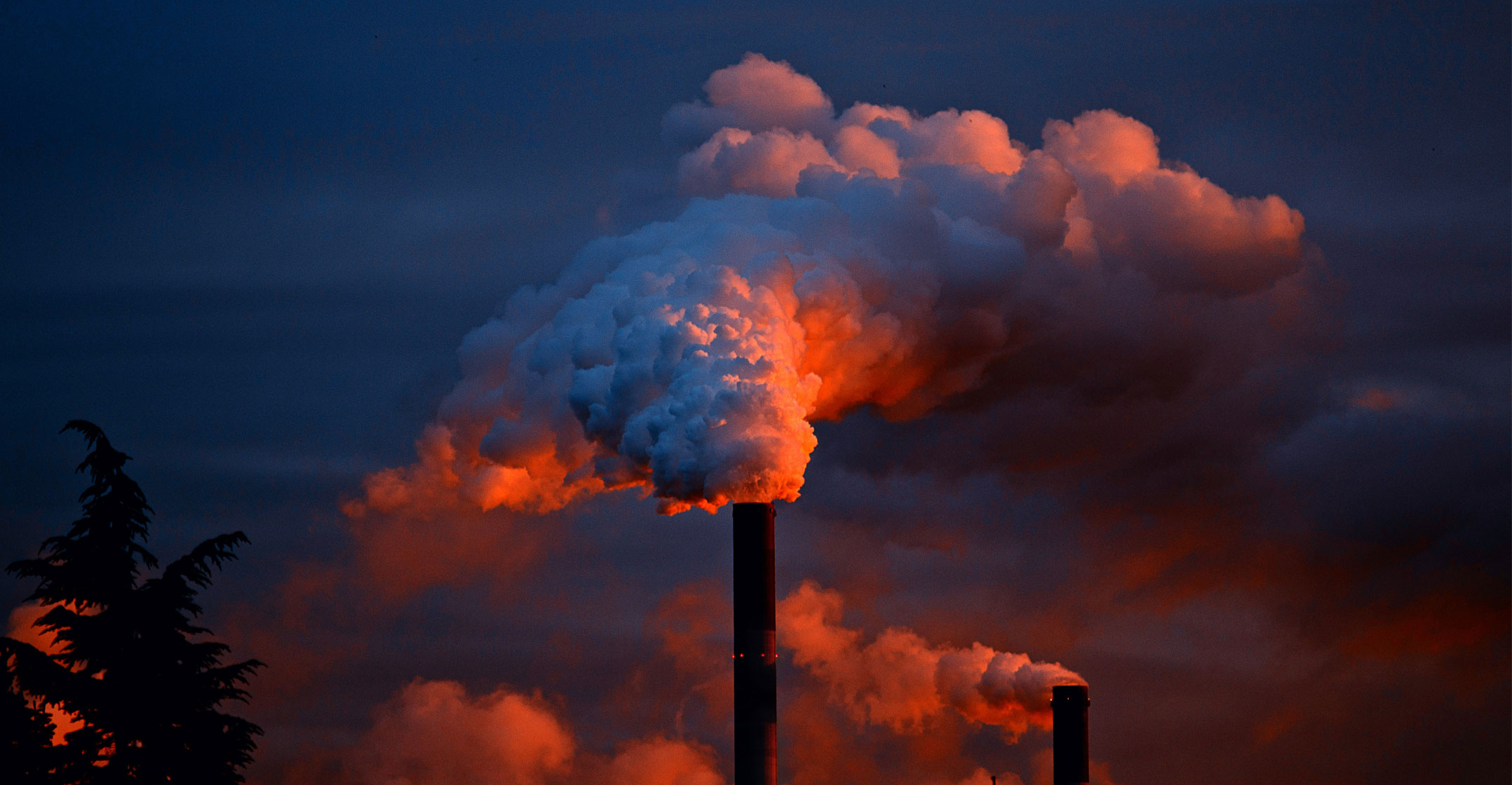 A start-up in Iceland is tackling a key piece of the climate change puzzle by turning carbon dioxide into rocks, allowing the greenhouse gas to be stored forever instead of escaping into the atmosphere and trapping heat.
A start-up in Iceland is tackling a key piece of the climate change puzzle by turning carbon dioxide into rocks, allowing the greenhouse gas to be stored forever instead of escaping into the atmosphere and trapping heat.
Reykjavik-based Carbfix captures and dissolves CO₂ in water, then injects it into the ground where it turns into stone in less than two years. “This is a technology that can be scaled — it’s cheap and economic and environmentally friendly,” Carbfix CEO Edda Sif Pind Aradottir said in an interview. “Basically we are just doing what nature has been doing for millions of years, so we are helping nature help itself.”
Once considered a pipe dream, capturing and storing CO₂ has in the last few years become an area of immense interest for high-profile investors, such as Microsoft co-founder Bill Gates and Tesla’s Elon Musk, who are searching for solutions to avoid the worst effects of global warming.
The technology can work in two ways. The first is called “carbon capture”, where the gas is trapped from the smokestacks of factories and power plants before it escapes into the atmosphere. A second, more challenging process, is “carbon removal” — withdrawing CO₂ from the air around us. Carbon capture can cut a company or government’s emissions to zero, while carbon removal can help offset its emissions, or even make its impact negative, by taking more CO₂ out of the air than it produces.
Carbfix is doing both. It’s scaling up its project at the Hellisheidi geothermal power plant to capture carbon emissions as they are released, and it’s partnering with Swiss start-up Climeworks that builds machines to capture CO₂ directly from the air. While geothermal plants are already classified as renewable energy, they do produce a small fraction of the CO₂ that would be generated by a natural gas facility.
Cheaper
When it comes to carbon capture, the Hellisheidi plant is able to do so at a cheaper cost than buying carbon credits, according to Aradottir. Its process costs about R385/ton, compared to the current price of about €40 (R740) per ton on the EU’s Emissions Trading System, the bloc’s key policy tool to reduce emissions.
Climeworks’ direct air capture operation is much more expensive. On the company’s website, individuals can buy offsets that cost more than US$1 200/ton. Bulk buyers can get them cheaper. “I bought out their capacity and I got volume discount,” Gates said in an interview last month. “I think that may be at $600/ton.”
The EU’s ETS was created before direct air capture became a viable technology, and it doesn’t currently accept credits for direct air capture. Yet a growing number of analysts say such offsets will need to become part of the programme to ensure Europe meets its Green Deal objective of becoming climate-neutral by 2050.
 That’s one reason why Gates and Microsoft are backing projects by Climeworks. “Climeworks’ direct air capture technology will serve as a key component of our carbon removal efforts,” said Elizabeth Willmott, Microsoft’s carbon removal manager. Musk announced last month that he’ll fund a new Carbon Removal Prize that will distribute $100-million to the best technology innovations over four years. CarbFix said it’s taking part.
That’s one reason why Gates and Microsoft are backing projects by Climeworks. “Climeworks’ direct air capture technology will serve as a key component of our carbon removal efforts,” said Elizabeth Willmott, Microsoft’s carbon removal manager. Musk announced last month that he’ll fund a new Carbon Removal Prize that will distribute $100-million to the best technology innovations over four years. CarbFix said it’s taking part.
Carbfix was born from a research project and founded in 2007 by Reykjavik Energy, the University of Iceland, CNRS in France and the Earth Institute at Columbia University. It’s owned by Reykjavik Energy.
The first pilot injections were done in 2012, followed by a full-scale capture plant for two of six high-pressure turbines at the Hellisheidi plant in 2014. The plant’s capture capacity was then doubled in 2016 and the aim is to bring emissions from the plant down to near-zero in the coming years. In 2017, Climeworks installed its direct-air-capture machine at Hellisheidi.
The technology relies on basalts, where the carbonated water reacts with elements such as calcium, magnesium and iron, forming carbonates that fill up empty spaces in the rocks underground. Carbfix is also working with research institutions on making the technology applicable for other types of rock.
The company aims to reach a billion metric tons of permanently stored CO₂ in 2030. The global storage potential using the technology is greater than the emissions from burning all fossil fuels on Earth, according to Carbfix. Europe could theoretically store at least four trillion tons of CO₂ in rocks, while the US could store at least 7.5 trillion tons.
“It will never be the only solution,” said Aradottir. “We are ambitious and have high hopes that we can bring the technology to scale — and there I’m talking about the gigaton scale — and that we’re able to do this quickly because that’s what the world needs.” — Reported by Ragnhildur Sigurdardottir and Akshat Rathi, (c) 2021 Bloomberg LP




